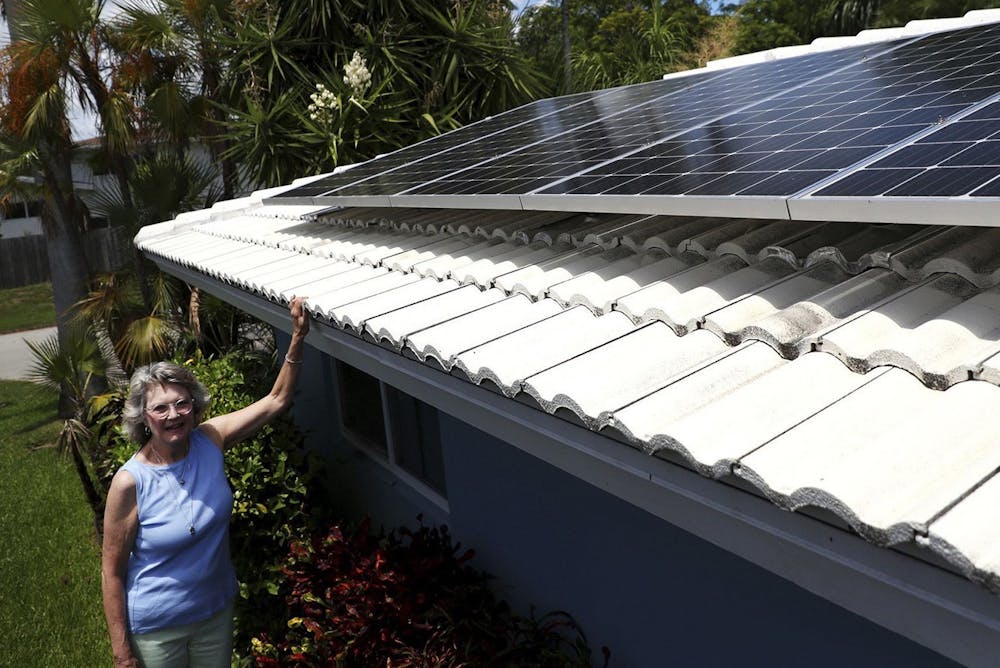The Inflation Reduction Act, an $891 billion bill passed by the Biden administration on Aug. 16, 2022, has invested $369 billion into energy security and fighting climate change, along with tax reforms and incentives. The effects of this investment are starting to show in Indiana.
A report released on Jul. 20 by the Rhodium Group, a research institution who provide yearly reports of projected U.S. emissions, shows that the IRA will accelerate the U.S. decarbonization effort significantly, but will still fall short of the goals of the 2016 Paris Climate Agreement. The report says that under current policy, the U.S. will see between a 29-42% decrease in greenhouse gas emissions from 2005, well above the projected 20-26% decrease projected at the start of Biden’s term.
[Related: Updated EPA regulations limit Indiana's pollution]
A longtime manufacturing and transportation hub, Indiana was the eighth-largest greenhouse gas emitter in the country in 2018, despite being the seventeenth-largest state by population. This largely came from the state’s manufacturing industry and power production, which released around 75% of the state’s greenhouse gas emissions.
For Hoosiers who own or operate solar panels at home, the IRA has increased affordability. Due to a 2017 law that decreased rates for net metering, solar power owners received less money for the excess energy they produced. However, the IRA has implemented a 10-year guarantee of an increased 30% tax exemption for solar installations, balancing out the losses some may have received. The 30% exemption increases by 10% for projects in low-income areas and 20% for affordable housing units.
Approximately 20% of Indiana’s emissions come from transportation, a key area the IRA has targeted with incentives to grow the country’s electric vehicle industry. After the bill’s passage, Indiana submitted a state plan to use the act’s funding to create a network of electric vehicle charging stations along the state’s highways.
[Related: IU organizations launch Indiana Resilience Funding Hub]
The bill’s incentives have already shown some signs of increasing corporate investment in electric vehicle manufacturing in Indiana. General Motors is now investing $491 million into a Marion, Indiana metal stamping plant to make parts for electric vehicles, and $45 million into a Bedford, Indiana aluminum die-casting foundry that will feed electric vehicle plants in Michigan. General Motors and Samsung also have chosen New Carlisle, Indiana for a new $3 billion electric vehicle battery manufacturing plant.
Additionally, funding from the IRA resulted in the creation of Indiana University’s Indiana Resilience Funding Hub, a program to connect small towns with IRA and Infrastructure Act funding for sustainability and climate-change mitigation focused projects.




